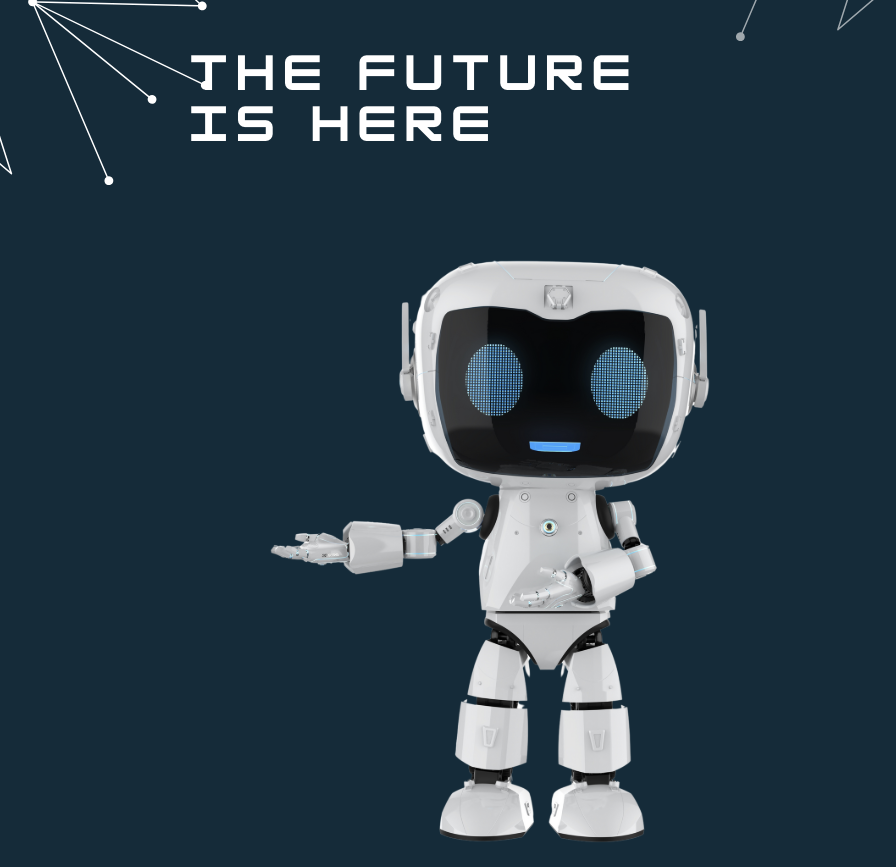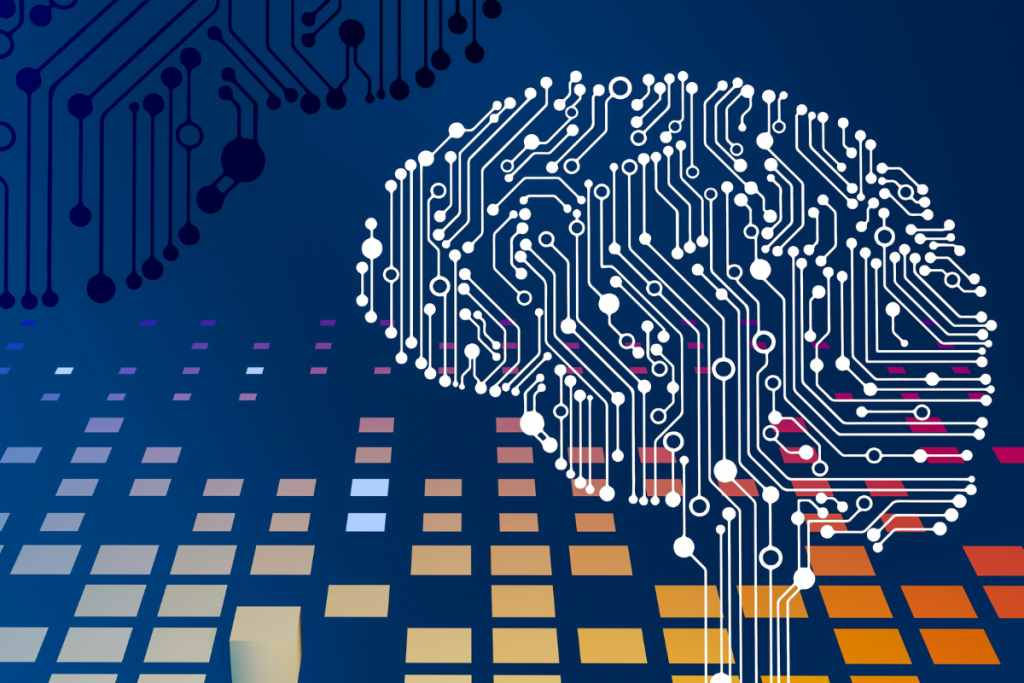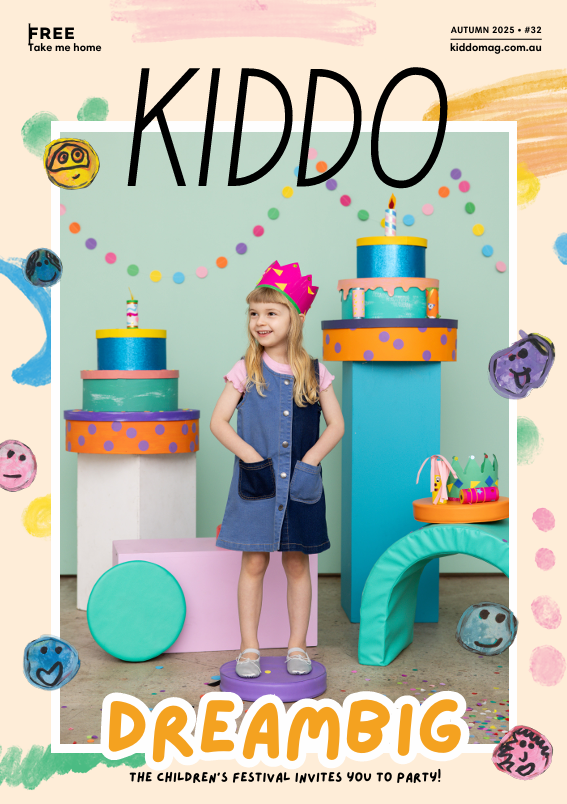By Jarrod Johnson, Learning Designer: AI and Digital Practice
Early versions of ChatGPT were not without flaws – the essays felt clunky, and the calculations were prone to errors. However, as AI tools evolved and improved, they now offer well-constructed written responses, exceptional mathematical reasoning, and voice and video interactions that make these tools feel futuristic.
Many AI models are connected to the internet, granting access to vast amounts of information. These technologies are seamlessly embedded in everyday devices like laptops and smartphones, where they enhance user experience through features such as predictive text and grammar corrections, demonstrating how AI has become a natural part of digital interactions. This seamless integration makes it increasingly difficult to distinguish between user-generated content and computer-generated assistance.
In education, tools like Turnitin and GPTZero attempt to detect AI-generated content in student work. However, these programs are not infallible and can sometimes misidentify well-written student essays as AI-generated.
Rather than focusing solely on preventing AI use or plagiarism, educators should emphasise how to use technology responsibly and to justify the work as their own.
To bridge this gap, educators can introduce practical classroom strategies that demonstrate ethical AI use, such as guided discussions on prompt creation and reflection exercises that highlight student contributions.
Practical ways students can use AI for learning
There are many ways students can use AI to enhance their learning without compromising academic integrity. Here are some effective methods:
Clarification and Practice: Students can use AI to review concepts covered in class or prepare for tests with practice questions and digital flashcards.
Speech-to-Text: This feature is beneficial for students who want to quickly capture ideas or who struggle with writing.
Conversational Learning: ChatGPT and similar apps allow students to have voice-based conversations to deepen their understanding of topics, with transcripts available for review afterward.
These approaches mirror the guidance provided by parents, tutors or teachers but offer the advantage of being accessible anytime a student needs support
Smart prompts for smart learning
Prompting AI correctly is crucial to getting meaningful responses. A vague response for a summary may yield an overly complex explanation. To avoid this, students should follow the following items for their prompt:
Persona: Describe how you want the AI to behave.
Example: you are going to act as an excellent Year 7 Science teacher.
Task: Explain the requirements. Example: you will be given a scientific topic, and you need to ask a simple question so we can practice for a test.
Output: Guide the response.
Example: you question should be at Year 7 standard and be a single sentence. The student will then respond, and you need to check their answer and give feedback. Follow up with a new question to help them extend their knowledge.
Restrictions: State the things you do not want. Example: keep your answers brief, to a single sentence. Only use vocabulary related to Year 7 science.
These strategies make interactions with AI feel more like personalised tutoring sessions.

Assignments and responsible AI use
When using AI for assignments, students must be aware of any guidelines or restrictions set by their teachers. Assignments typically follow four key phases:
1. Research/Brainstorming
2. Scaffolding (outlining and planning)
3. Creating (writing or building the final product)
4. Reviewing (editing and refining)
Teachers may permit the use of AI for research and scaffolding but may limit its use during the creation phase. This is similar to seeking help from a parent, tutor, or peer: support with research and planning is acceptable, but writing the essay for the student crosses a line. When external input becomes too significant, it obscures the student’s individual effort and makes it difficult for teachers to accurately assess their understanding and skills.
A crucial skill in the AI era is the ability to justify the ownership of one’s work. Students can demonstrate this by: tracking changes within their documents, referencing accurately, and sharing AI conversations. These practices help ensure transparency and allow teachers to accurately evaluate each student’s work while acknowledging any additional support received.
AI is a powerful educational tool, and students must learn how to use it effectively and ethically to support their academic growth.
Mastering the use of AI also prepares students for future workplaces, where the ability to justify and demonstrate independent work will be a crucial skill.
As AI tools evolve, ethical guidelines must keep pace to ensure responsible use. By working together, parents, teachers, and students can build a foundation for responsible and confident AI use.
How to justify ownership
- Turn on track changes and version history in documents.
- Reference your research sources and the people who help you with the work, including parents, teachers and peers.
- Share your AI conversations by referencing the program that you used and adding in a hyperlink to the conversation or copying and pasting the whole conversation as an appendix.
Jarrod Johnson is a teacher and learning designer at Pulteney Grammar School, specialising in AI and Digital Pedagogy and has presented nationally and internationally on how AI can be used appropriately to enhance student learning.






